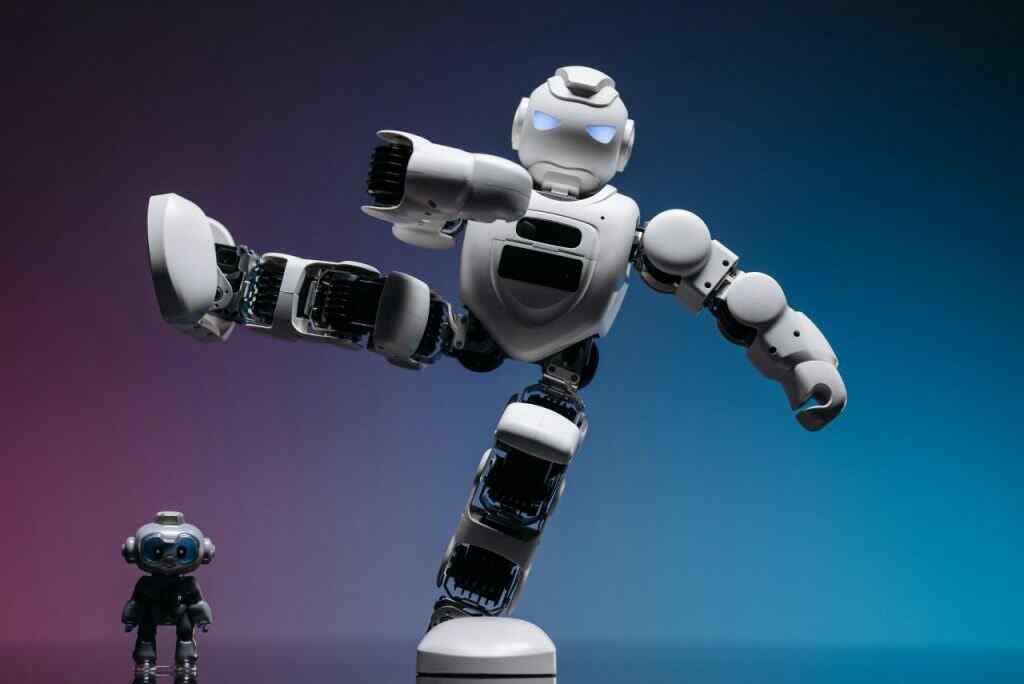The Future of Fast Food: Robots Take Over The Kitchen
In the heart of Pasadena, California, CaliExpress, a burger joint, has become the talk of the town for its revolutionary approach to fast food preparation. This restaurant has embraced the latest advancements in artificial intelligence (AI) and robotics to create a kitchen that operates with minimal human intervention.
The Robot Chefs: Flippy and Grill Robot
The star attractions of CaliExpress are Flippy, a robot from Miso Robotics, and a grill robot from Cucina. Flippy is a versatile robot capable of handling frying tasks with ease. It can produce an impressive 250 pounds of French fries per hour, freeing up human employees to focus on other aspects of the restaurant’s operations.
The grill robot, on the other hand, is a master of patty cooking. It can cook approximately 100 patties in an hour, ensuring consistent and perfectly cooked burgers every time. Both robots are tireless workers, operating without breaks or days off, addressing the challenge of employee shortages and reducing the risk of human error.
The AI-Powered Ordering System
CaliExpress has taken automation a step further with its AI-powered ordering system. This system utilizes facial recognition software from Pop ID to streamline the ordering process and keep track of food choices and payments. The technology is designed to enhance customer convenience and efficiency, not for surveillance purposes.
The Human Element: A Delicate Balance
Despite the extensive automation, CaliExpress still employs human workers. However, the number of back-of-house employees has been significantly reduced, with only two individuals responsible for adding finishing touches to meals. This reduction in human labor is a result of the robots’ efficiency and the rising minimum wage for fast food workers in California, which will soon reach $20 per hour.
The Economic Impact: Weighing the Pros and Cons
The introduction of robots in CaliExpress has sparked discussions about the economic impact of automation in the fast food industry. While it reduces the number of jobs available, it also creates new opportunities in fields such as technology maintenance and development. Additionally, the robots’ efficiency can lead to cost savings for businesses, potentially translating into lower prices for consumers.
The Role of AI: Friend or Foe?
A study conducted by researchers at MIT suggests that AI could potentially automate a small number of jobs. However, the economic feasibility of using AI for most tasks remains questionable. On the other hand, a government report issued in December 2023 identified AI as a potential threat to financial stability. In the restaurant industry, a study revealed that robotics could handle up to 82% of jobs, highlighting the potential impact of automation in an industry often plagued by understaffing.
The Safety Net: Human Oversight and Maintenance
To ensure smooth operations and address any malfunctions, both robots at CaliExpress are rented and monitored 24/7 by technicians. These technicians are equipped to take over cooking duties if the robots encounter any issues during meal times. This safety net ensures that customers continue to receive their food promptly and without disruption.
The Future of Taste: Precision and Consistency
CaliExpress’s owner, Vic Aulakh, believes that the robots will not only enhance efficiency but also improve the taste of the restaurant’s food. By cooking each burger with precision and consistency, the robots eliminate human error and ensure that every burger meets the highest standards of quality.
Conclusion: A Glimpse into the Future of Fast Food
CaliExpress stands as a testament to the rapid advancements in technology and its impact on the fast food industry. With robots handling repetitive and dangerous tasks, AI streamlining the ordering process, and human employees focusing on customer service and meal preparation, CaliExpress offers a glimpse into the future of fast food. While the debate over the economic and social implications of automation continues, CaliExpress demonstrates the potential for technology to transform the way we dine.
